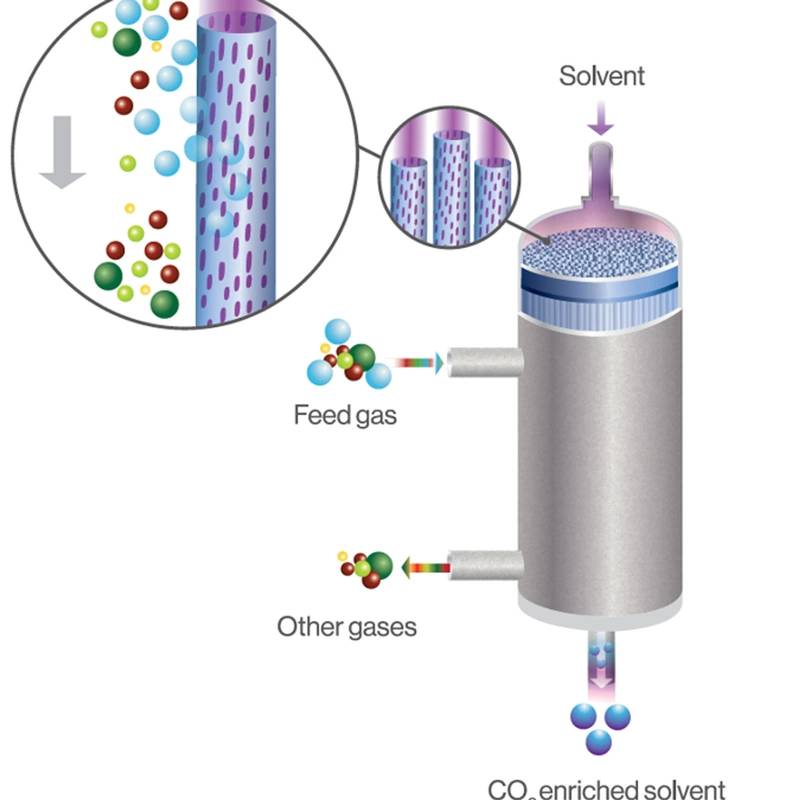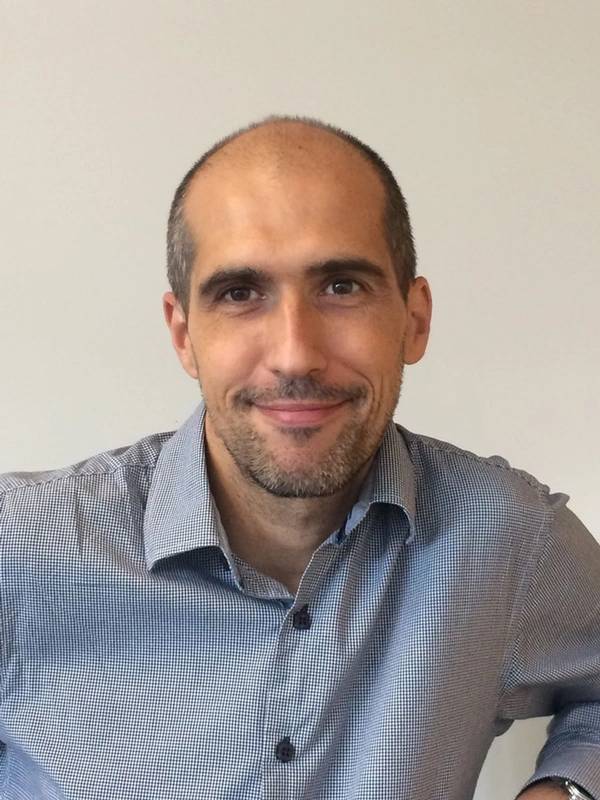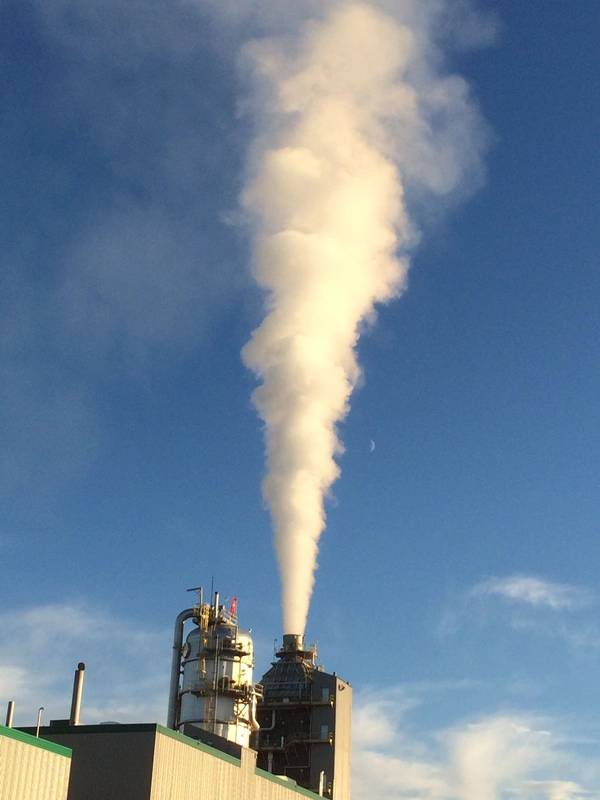


If the industry has been capturing CO2 for decades, why all the innovation now?
CO2 capture technology has been used for around a century in natural gas processing plants to separate out the commercially valuable methane. In the 1970s, that CO2 found purpose in advanced oil recovery. Now, carbon capture and storage (CCS) is reducing upstream CO2 emissions, with more applications to come.
The processing technology is being adapted from onshore, but no one solution is likely to fit all given the wide range of locations, facility sizes, and infrastructure support. There have been encouraging results in post-combustion CO2 capture concepts, such as CO2Tech’s HyCaps system, and chemical processes for its subsequent mineralization, such as that developed by Carbfix. Pre-combustion reactors are also under development.
Mhairidh Evans, Head of CCUS Research at Wood Mackenzie, says that oil and gas production will be one of the early adopters of CCS, with around 15% of operating and announced carbon capture projects. “However, these projects aim to strip the CO2 out of the produced gas, rather than addressing the CO2 from the operations of the production platform itself. For those emissions, we expect operators to prioritize other methods such as operational efficiency measures or alternative fuel sources before considering CCS.” CO2Tech’s HyCaps solution takes advantage of the highly selective nature of solvent absorption technology and controlled flow regimes of membrane technology. Image courtesy of CO2CRC.
CO2Tech’s HyCaps solution takes advantage of the highly selective nature of solvent absorption technology and controlled flow regimes of membrane technology. Image courtesy of CO2CRC.
While some carbon capture technologies are mature and well-understood, the application onboard platforms or vessels is relatively immature. Hurdles to overcome include deck space, a high energy requirement and relatively low volumes of CO2 from disparate sources, meaning economies of scale are hard to reach, says Evans. “Technology providers are ramping up R&D efforts to modularize carbon capture in smaller, mobile units. Larger scale adoption feels a way off – but economics could stack up favorably in some settings compared to options such as electrification and using e-fuels.”
Aker Carbon Capture gained DNV qualification for its Just Catch Offshore system in October 2022 and has project studies underway. The company sees CCS as an important tool to help decarbonize the oil and gas industry, reducing emissions from gas turbines. The gas turbines used for power generation offshore can be an efficient local source of energy, covering the electrical and heat demand for both the host facility and the carbon capture process, says Aker. The energy efficiency can exceed 80% when utilizing all waste heat from the turbine exhaust. By implementing CCS instead of power from shore, there is no large electrical transmission loss across the onshore grid, and onshore power can be utilized elsewhere.
Laurent Thomas, Licensing Technology Manager Gas Process at Shell Catalysts & Technologies is optimistic about the potential for CCS as a solution for the decarbonization of offshore platforms. “We are indeed seeing an interest in platforms and FPSOs, although at this point it is mostly at the stage of feasibility studies looking at the specific challenges of these applications, such as plot space and heights limitations, vessel movements, management of chemicals and waste products, etc.” The use of a limited number of gas turbine models on these vessels makes the projects very similar and opens the door for efficient standardization.
The use of a limited number of gas turbine models on these vessels makes the projects very similar and opens the door for efficient standardization.
Laurent Thomas, Licensing Technology Manager Gas Process at Shell Catalysts & Technologies
Modularity and standardization will be key, he says. “The use of a limited number of gas turbine models on these vessels makes the projects very similar and opens the door for efficient standardization.”
The company’s CANSOLV system is being offered in partnership with Technip Energies, and the joint solutions are adapted to emitters of all sizes. CANSOLV has a very low regeneration heat demand due to its advanced solvent and internal energy integration. Further development of optimized solvent formulations is underway. “We are also looking at expanding the design and operating window of our system to reduce the overall energy intensity of CO2 capture – an example is pushing up our regenerator pressure to deliver the CO2 at higher pressure for compression and transport and thus reduce compression energy.” Clean CO2-free vent gas from a CANSOLV unit.
Clean CO2-free vent gas from a CANSOLV unit.
Image courtesy of Shell Catalysts & Technologies.
Downstream logistics are a focus of innovation both offshore and onshore. Landside CCS projects are scaling up to sequestration hub solutions, where a CO2 transport system brings captured CO2 from a range of industries to one or more locations, often offshore. The hub concept is also being considered for adjacent offshore platforms.
CO2 from various sources contains different levels and types of impurities depending on the original source, capture technology applied and transport mode, with potential interactions. For example, impurities from pre-combustion sources and post-combustion sources can react and create undesired reactants, says Thomas. A key example is the oxidation of H2S by NO2 in dense phase CO2 and the formation of strong acids. “From this point of view, we feel amine-based technologies, and in particular the Shell CANSOLV system, are well positioned as they deliver a very pure CO2.”
ABS sees the handling and storage of the captured CO2 as a significant challenge for offshore producers. Joseph Rousseau, ABS Director – Offshore Technology, says: “There is a challenge on what to do with the captured CO2 since there are no port visits to offload, but some may be injectable into producing or additional wells. Otherwise there needs to be an infrastructure for offloading via pipeline, if possible, or to offshore support vessels or liquefied CO2 tankers, for transportation to appropriate reception facilities at a port or other offshore hub.”
Another possibility is to use it for e-fuel production. “Using captured CO2 to synthesize methanol has been a topic of discussion,” says Rousseau. “Offshore platforms already deal with chemical processes and storage of various substances, so it is not a huge leap to make this part of a process facility, subject to the same constraints as usual on space, weight, power and so on. It would be a combined plant with processing of water for generating hydrogen, which would also be used for other e-fuels like ammonia.”
As pointed out by the Global CCS Institute in its 2023 report The Investment Case for CCS: Policy Drive and Case Studies: “The growing global demand for low carbon energy carriers like hydrogen, ammonia and methanol as alternatives to LNG and coal for power plants and for bunkering fuel in maritime shipping has the potential to create a substantial market for these products.”